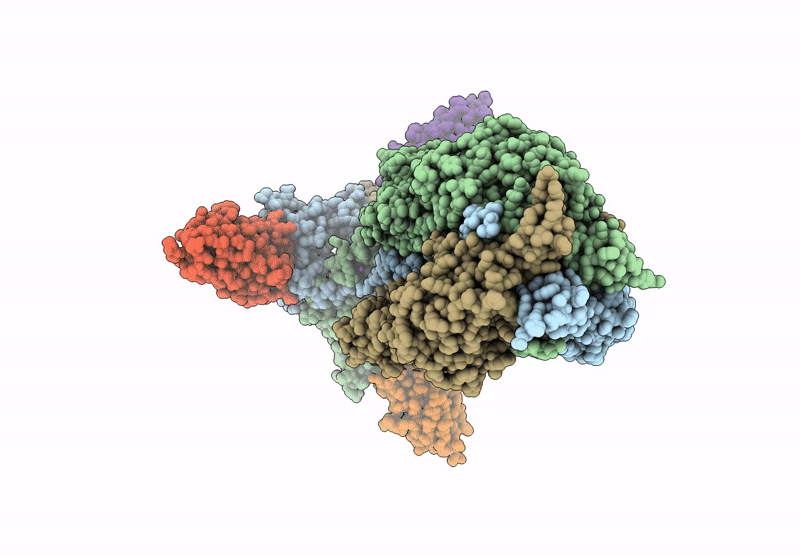
Deposition Date
2025-01-16
Release Date
2025-08-13
Last Version Date
2025-08-13
Entry Detail
PDB ID:
9MW5
Keywords:
Title:
D1 Herpes Virus Simplex Neutralizing Nanobody Bound to HSV Glycoprotein gB
Biological Source:
Source Organism:
Homo sapiens (Taxon ID: 9606)
Host Organism:
Method Details:
Experimental Method:
Resolution:
2.10 Å
Aggregation State:
PARTICLE
Reconstruction Method:
SINGLE PARTICLE


